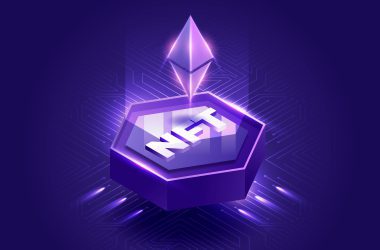The Original Vision of Web3
The original vision of Web3 aimed for a digital future that many could build and own, enabled by blockchain protocols capable of addressing long-standing coordination problems.
Early Internet Ideals
The early internet shared similar ideologies with Web3: a space for the free flow of ideas and knowledge without physical, social, or political barriers.
Corporate Domination
Today, a few corporations dominate the internet, harvesting data from users and developers while limiting control and governance to a small, unelected group.
Ideology vs. Convenience
This deviation from the original vision occurred because convenience and appealing interfaces outweighed ideology. In a digitally abundant world, the power to curate created dominant internet infrastructure dynasties.
Beautiful Interfaces, Ugly Core
Although people trade their values for attractive user experiences, such exteriors can conceal a deteriorating core. Building appealing interfaces on top of data networks created strong moats that stifled competition and innovation.
Entrepreneurs and Digital Giants
Many entrepreneurs believe they could create better user experiences for companies like Facebook, Google, Microsoft, and Amazon. However, without access to their global data and back-ends, today’s smaller competitors stand little chance.
Decentralized Infrastructure
In decentralized infrastructure, often the least flashy part of crypto, there’s a chance to “arm the rebels” and provide entrepreneurs with tools to create a healthier, open internet.
Blockchain as a Solution
Blockchain, as a single source of truth, can coordinate and incentivize otherwise untrusting actors, eliminating the need to choose between utilitarian infrastructure and appealing products.
Open Architecture
Open architecture allows ecosystems to improve performance and extend functionality without needing to reinvent the infrastructure stack or pay a tax to current dominators. End customers can enjoy optimizations without sacrificing their data.
Community-Powered Infrastructure Networks
This vision is starting to be implemented in decentralized physical infrastructure networks (DePINs), described as “community-powered infrastructure networks.” The goal is not just to create a new AWS with a token but to enable a more extensive infrastructure network open for entrepreneurs to build thousands of AWS-like services.
The Future of UX
Fantastic user experiences will be provided by numerous businesses competing to serve their markets, rather than a few global giants. This will mark a significant shift from the past.
Value Distribution
As the thesis is proven, there will be growing appreciation for functional projects that power real businesses without compromising the internet’s original ideals. Convenience and scalable infrastructure will no longer be synonymous with a few internet giants controlled by a small group.
Innovation Platform
Permissionless open infrastructure networks will be more reliable, performant, and cost-effective. Web3 will become a platform for innovation, similar to how the PC enabled innovation that never occurred on mainframes or mini-computers.















